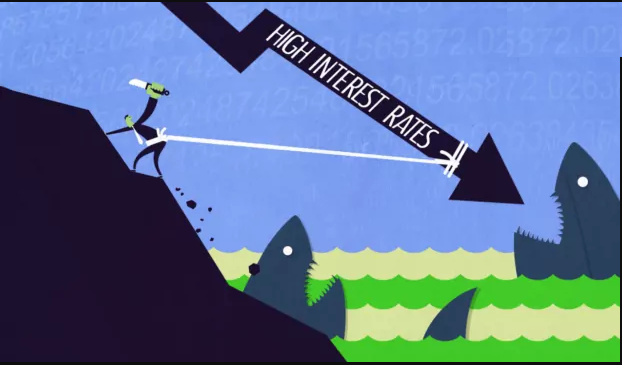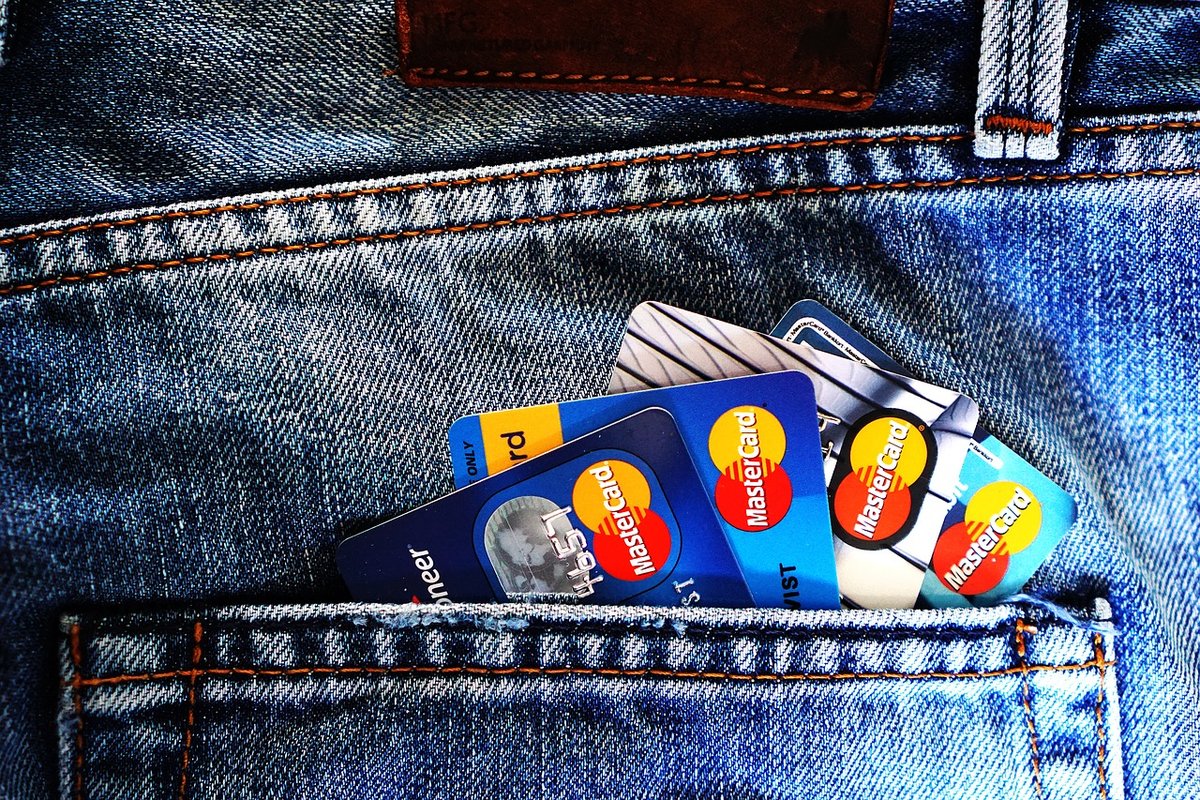The annual interest rate or APR is the interest rate charged on credit card balances. The APR is applied every month when there is an outstanding balance on the credit card.
This is the compound rate that is used to make a standard comparison of the level of interest that you are likely to pay on loans or credit card balances.
A simple way to understand the APR is to think it is the same as the amount of cents per year that you have to pay for each dollar you borrow. If you borrow money at an APR of 10%, it means that you will pay 10 cents a year for every dollar you owe.

Table of Contents
Differences in the APR:
Terms: Card A: Card B:
Average Monthly Balance $ 2,500 $ 2,500
APR x 18% x 14%
Amount paid Charges
per year Charges annually Card A= $ 450, Card B= $ 350
Evaluate the credit cards you currently have:
Try to pay the bill with a higher APR at the beginning. If you absolutely need to use a credit card, use one with a lower APR or look into a credit card consolidation loans if you have multiple cards..
Always make your payments on time:
Paying late means paying high extra charges for delayed payment.
Avoid “APR by default” and “APR by crossing omissions”:
In addition to charging you a late payment fee, many of the creditors will increase your APR even if you have only made a single late payment.
The high APR is known as “default APR” (APR omission):
Because you missed your payment when you made it late. Other ways to increase your APR are to exceed the limit of your credit card and have a check denied.
“Cross-default APR” (APR for crossing omissions):
Is a high APR that is given to your account even if you have never been late in payments with that creditor, but has been delayed with another?
When you apply for a credit card, you give the creditor the right to access your credit report, which is done constantly.
All your other creditors are reviewed, and if you are late with another creditor, your APR may increase.
Monitor the different APRs that each of your credit cards have for different types of transactions.
The purchases you make can be calculated with an APR rate transfers with another and credit advances with another.
Pay attention to those introductory fees that are so tempting:
They are known as “joke rates” because they are so low, in some cases even 0% that you can be tricked or coaxed to sign on the dotted line.
But read the fine print! Normally, even if you fail in a single payment, many creditors will increase your APR and sooner than you expect.
Avoid advances of cash:
Normally they have a much higher interest and consumer payments are not directed to that part of the balance until the balance of the purchase is not paid in full.
How does the APR of credit cards work?</h2
The interest charges on the credit card do not apply from the moment you make a purchase. In fact, you can avoid interest charges altogether by cancelling your invoices in full in each billing cycle.
1. When you open a new credit card account, the creditor assigns you an annual percentage rate based on your credit score.
2. However, most credit cards have variable interest rates. This means that the rate of your account may change if the Federal Reserve changes its reference rate.
When the Federal Reserve increases rates, the rate of your credit card can almost certainly follow that rising trend, even having good credit.
3. Interest charges only apply if you begin a billing cycle with an outstanding balance.
4. Even if you pay the full balance in that billing cycle, the interest charges still apply for the balance you carried throughout the billing cycle.
5. In most cases, a creditor multiplies the periodic monthly interest rate by the “average daily balance” it has.
6. Therefore, if you start a billing cycle at zero and end it at zero, your average daily balance will be zero; not paying interest, as a result.
7. On the other hand, if you start a billing cycle with a balance and end it with a balance, the creditor multiplies the periodic interest rate by the average daily balance to determine the accrued interest charges.
Note that this only applies to interest charges on regular purchase transactions. These are the regular charges you make with your credit card. Other specialized actions usually have a specialized APR.
POP QUIZ:
If you have $ 1,000 in a credit card with an APR of 15%, how much interest will interest have on your next bill?
a) $ 5.00
b) $ 10.50
c) $ 12.50
d) $ 15.00
ANSWER
(15% APR ÷ 12 months) x $ 1,000 = $ 12.50. In a standard minimum payment program of 2%, your minimum payment would be $ 20. This means that more than half of your payment will be used to pay the accrued interest charges each month.
c) $ 12.50

